#17th cent
Text



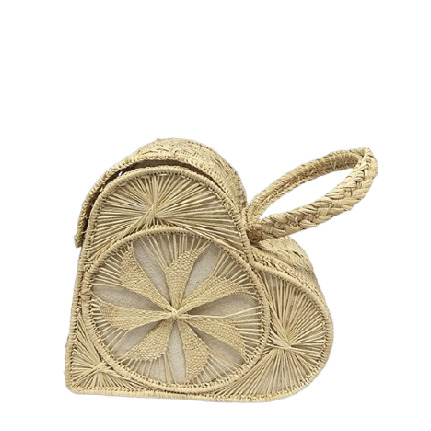


look for the name: ELENA-MARIJA
dolce & gabbana strapless deconstructed gingham gown w/ blue crinoline and lace trim, s/s 2oo6
{hair} raffia and pearl spike-studded hair accessroies + straw-wrapped braided tresses @ simone rocha s/s 2o2o
dolce & gabbana romantic porcelain cameo choker, c. 1992
columbian straw heart-shaped purse
italian or french gilded and painted carved wood ladies shoes of pierced and carved gesso and lacquered wood w/ exaggerated pointed toes painted with tulips and dog roses, the upper with lace-effect piercings with faux latchets and eyelets for threading ribbons; c. second half 17th century
#elena-marija#name#request#outfit#hope you like !#folkloric#i'm obsessed with these shoes btw#footwear#wood#carved#17th cent.#bag#raffia#straw#columbian#dolce & gabbana#jewellry#necklace#porcelain#hair#simone rocha#2ooo's#199o's#gown#gingham#queue
65 notes
·
View notes
Text

for the she/him mizu truthers🙏
#blue eye samurai#mizu#blue eye samurai mizu#this is a joke btw#i know applying english pronouns for a 17th century japanese person is pointless#but as a woman who uses she him i wanted to throw my two cents in here#nett rambles
85 notes
·
View notes
Photo

This 400+ yr. old 17th church conversion outside Milan, in Lombardy, Italy, is absolutely incredible. It’s so beautiful, it’s for sale for a whopping $3.4M.

On this wall, a window is peeking thru where they placed a partial wall. I wonder why they did that. At least they didn’t completely destroy it.
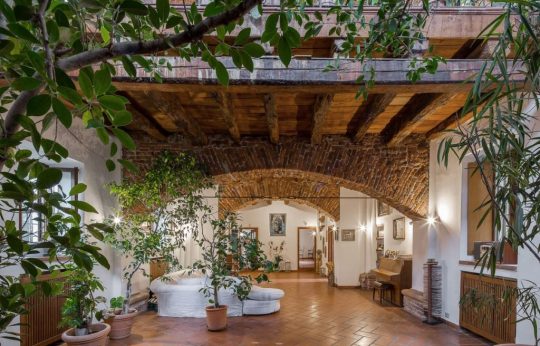
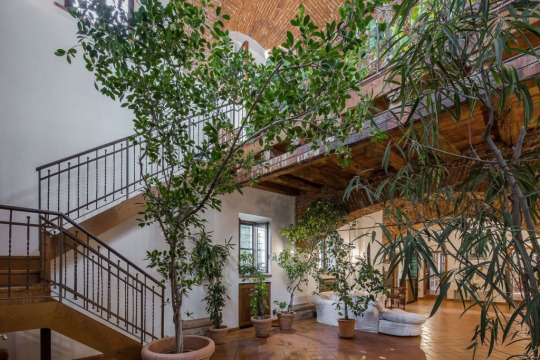
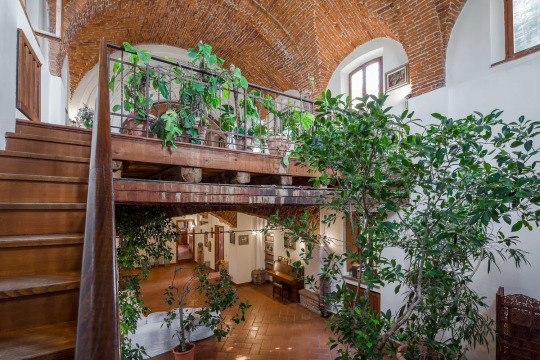
Isn’t this stunning, though?
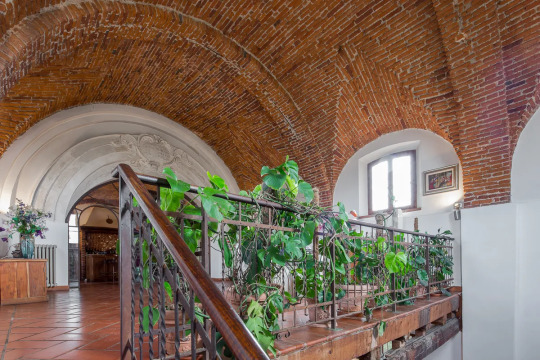

The architecture up here is amazing.



A magnificent arch fitted with glass doors opens to a bar.
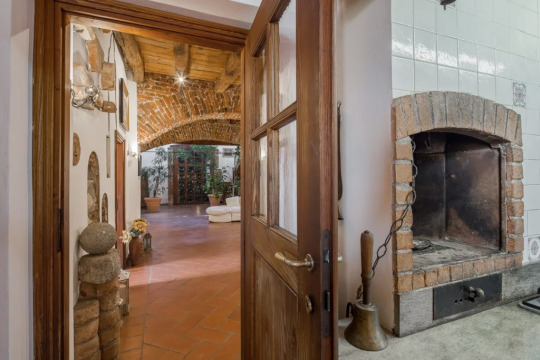
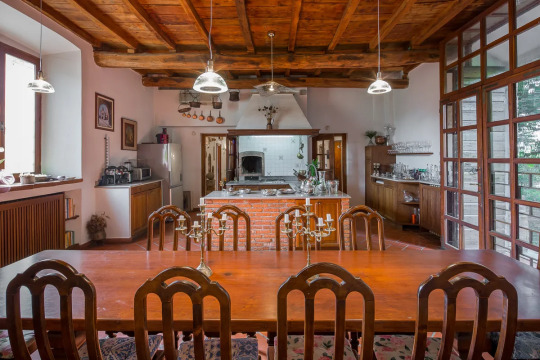
Look at the the old bread/pizza oven in the kitchen.


The brick kitchen and dining room are very roomy and yet cozy.


The library has an original patinated ceiling that looks like it may some worn frescos.

Modern bath.

I don’t know for sure, but I would imagine that this bedroom wall is made from some of the stained glass windows. What a clever idea.

Lovely area with a small mezzanine.


There are 4 bds. This is the main bd and ba.

To the bell tower.


How cool is this, spiral stairs going up the bell tower.
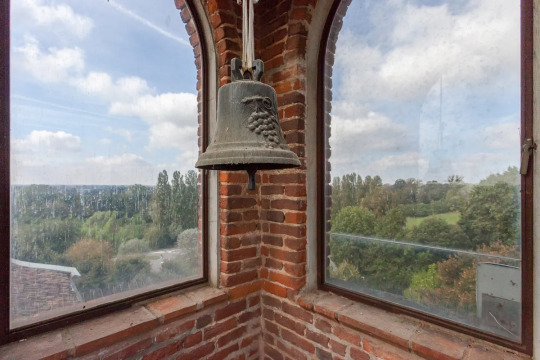
The view up here is amazing.
https://www.sothebysrealty.com/eng/sales/detail/180-l-1952-92vtbc/via-roma-morimondo-mi
707 notes
·
View notes
Text
i’m getting back into the owl house and i just realized that emperor belos/phillip wittebane probably never got to experience human coffee
#emperor belos#phillip wittebane#coffee#coffee was made around 15th century arabia#the most credible source comes from the accounts of ahmed al-ghaffar#coffee made its way to the american colonies around 1670 in boston massachusetts (licensed seller dorothy jones)#before then there were old gross coffee beans in new amsterdam in 1640 by the dutch and it didn’t taste good#after the boston tea party americans really started switching over to coffee#connecticut was colonized/organized as a settlement around march 3rd 1636 by a puritain congregation#the first of settlements was windsor in 1633 and weathersfield in 1634 and hartford and springfeild in 1636#phillip was born in the early 17th cent (around 1601) and traveled to gravesfeild connecticut in 1613 with caleb#as close as connecticut is to new amsterdam and new york i highly doubt there was enough import of coffee beans for everyone to get coffee#especially colonial orphaned street rats of the puritain faith#that shit was probably *expensive*#just sayin
8 notes
·
View notes
Text

#jumblr#antisemitism tw in the diary ig#it's 17th cent england do you expect anything else?#memes#mine#funny
6 notes
·
View notes
Text
I hope if a post of mine has to go viral, it's the pathetic men one. For one idk how someone would be able to spin it to make me look like a baby-eater or whatever, but for another so i can edit that "THIS POST IS ABOUT MIKA KAGEHIRA" banner on it when it does go viral. Woe. Mika upon ye.
6 notes
·
View notes
Text
You ever think about the Thornton expedition of 1608 because I do, what the fuck was that.
2 notes
·
View notes
Text
devils shooting me with arrows
#watches period movies with accurate accent/set in the period language 'woah that's so cool i wish i could make one'#remembers none of my friends like things like that#'oh why dont i have more social science friends??? people hwo are into that??'#remembers that every time i express a tiny bit of interest in this shit i poison myself with mercury#sigh! instead i'll just imagine a world where my friends and i can all go to dennys talking like 17th cent puritans#except not me and not my friends. group of ocs that i hover over
0 notes
Text
the history of anatomy is truly so fascinating… like it’s insanely fucked up and at many points morally reprehensible but. fascinating nonetheless. there’s this endless push and pull that you can still see happening today in certain countries/cultures, bc the fundamental issue is this: you need to know how an actual body works to fix a sick one. to know how an actual body works, you have to take one apart. and so wherever people are trying to learn medicine, there is suddenly high demand for intact corpses, and people historically aren’t super hot on having their corpse taken apart! so the beginnings of true anatomical studies, whenever in the world you look for it, are characterized by either a deep level of disrespect and irreverence, or a sort of desperate need for understanding. and funnily enough, the second one is what ends up repeatedly driving aspiring doctors to dig up their own relatives!!
#this is fully not a joke btw. 17th cent. doctors would end up practicing dissections on their own dead family members#specifically when they had moral qualms about body snatching lmao#death tw
1 note
·
View note
Text
Why am I not here right now

1 note
·
View note
Text
Doing a tiny bit of research for a future fic and I got down in a rabbit hole of watching videos of colonial houses in the Philippines (which is wholly unrelated to the fic im planning but hey). It just makes me wonder why we don't have some sort of National Trust for the pretty old houses because a lot of them really need professional repairs and upkeep. They have stuff that were still from the 19th century but they look so neglected that they don't resemble whatever it was they were supposed to be. I wish someone from the government or some eccentric billionaire would take interest in wanting to preserve these pieces of history for the future generations.
#i'd also really like to see LOTS MORE pre-colonial stuff in the philippines#like i know they were burned or thrown into the sea or what but any small piece of pre-colonial history would be amazing#and they'll date 17th cent. at the LATEST#imagine beholding something that's nearly 500 years old???#like bruh#on another note why did i think 1880 was recent memory lol#patch rants
0 notes
Text

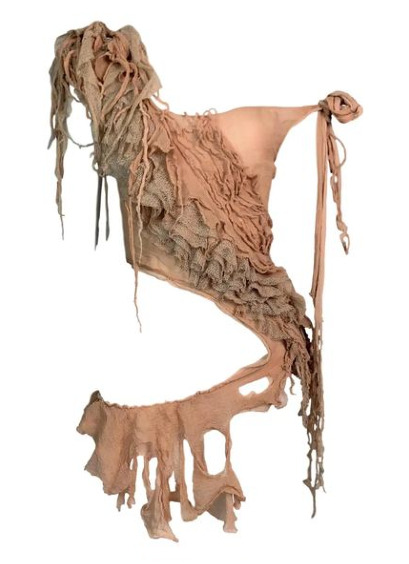


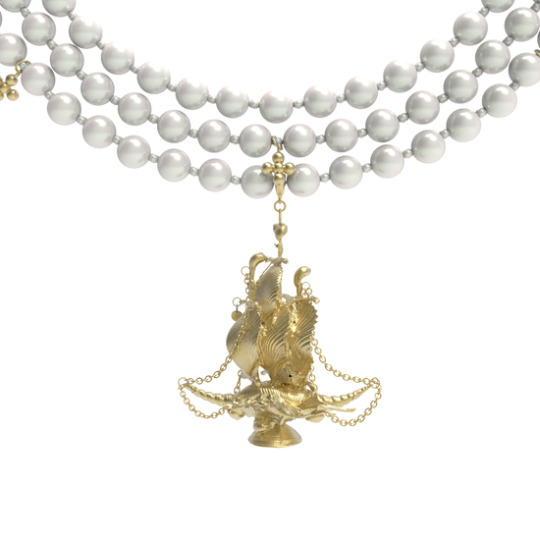

look for the name: NAUSICAÄ
@wickedslip
alexander mcqueen "shipwrecked" runway sheer silk shredded top, s/s 2oo3
roberto cavalli leather mini skirt
paco rabanne chainlink crochet beanie
ancient future "the mirage of abyss" shell corsair imitation pearl necklace
a pair of venetian chopines, c. 17th cent.
#NAUSICAÄ#name#request#outfit#hope you like !#wickedslip#antique flotsam#gold#neutral#brown#ship#sea#pearls#jewellry#ancient future#chopines#footwear#paco rabanne#headwear#distressed#roberto cavalli#skirt#leather#alexander mcqueen#shipwrecked#y2k#top#queue
217 notes
·
View notes
Text
Hey Kääryleet!!
Following the results of our recent poll, we can confirm preorders for the zine are coming! Starting from this sunday march 17th, preorders for a physical copy of the käärijä fanzine will be open for 3 weeks, closing on april 7th
Pricing of the zine and shipping is as follows:
(The prices could differ about a few cents from the prices here, as the exchange rates are a bit unpredictable)
The zine itself costs 9,34$ CAD / 6,35€ / 6,95$ USD
Zine + shipping fees:
Canada: 11,90$ CAD
US: 13,34$ CAD / 9,89$ USD
International : 17,02$ CAD / 11,55€
If you're in Montreal, you can select the option for Bison to give it to you in person at a metro station of your choice! (Free of charge, of course)
If you're going to be at the Käärijä gig in Vantaa (Finland) on July 3rd this summer, you can select the free option of getting Bison to give it to you in person if you want to skip the shipping costs!
Link to the preorder will be shared this sunday, as well as an approximate shipping date
We can't wait to share what we have been working on with you all!
104 notes
·
View notes
Text
Working theories about the processes at work in the Babyfication of Cú Chulainn in the 17th-19th century Ulster Cycle tales:
All of these late stories position themselves as taking place before Táin Bó Cúailnge. This is obvious from the fact that Fer Diad is present in lots of them, but is also just narratively convenient for them, I think.
Cú Chulainn is 17 in TBC, so our starting point is that he must be younger than that.
Generally these stories position themselves as occurring after Tochmarc Emire/Foglaim Con Culainn. Again, this is partly evident from the presence of Fer Diad. Some of them overlap slightly with it.
Cú Chulainn's age in TE isn't stated outright, but following the Boyhood Deeds, he might be as young as about 6.
He must therefore be aged between 6 and 17 when all these stories take place.
Tóruigheacht Gruaidhe Griansholus, the oldest of these stories (1679), states that he is 15 -- presumably with the primary intent of firmly locating the story before TBC. The Ulaid are concerned about the idea of him going off an international road trip alone because of his age, and express this concern, but he does it anyway. His youth is occasionally referenced, but on the whole he is much as he appears in earlier texts: a skilled and precocious warrior.
Eachtra na gCuradh and Coimheasgar na gCuradh come next (early 18th cent). They notice this detail in TGG and decide to elaborate on it further: Cú Chulainn is younger than 15, and is going on adventures only in the company of other warriors; it is occurring pre-TGG, making that his first solo adventure.
Because he is too young to go on adventures by himself, and because those responsible for him are frequently concerned for him, this gives the impression that Conall et al are babysitting him.
Eachtra na gCuradh appears to take place before Coimheasgar na gCuradh. CnC introduces Láeg and by the end of the story, he and Cú Chulainn have teamed up, ready for TGG. Conall appears slightly less protective of Cú Chulainn, so we can conclude he is slightly older than he was in EnC, when he is very baby (and when Láeg wasn't yet on the scene).
His age is not stated outright in any of these, but I would guess he's aged between 10 and 14. This is based purely on relative chronology and may not hold up to close scrutiny.
Sgéalta Rómánsuíochta are the latest stories (maybe 18th century but preserved in 19th century version). They're not super interested in Cú Chulainn, preferring to foreground other characters. His babyfication makes this easier, since he can appear as a child sidekick (to Ailill Fionn, in the first story), or in a similar capacity to EnC and CnC -- the youngest/most junior member of a group of warriors. Across the four stories, he could be anything from about 7 to about 14 again.
Theories about intertextuality:
Tóruigheacht Gruaidhe Griansholus and Coimheasgar na gCuradh both provably draw on the Stowe version of Táin Bó Cúailnge. There are details that can't have come from any other version of TBC (or any other text that survives). They are not the same details in both texts, so it's not that CnC drew on TGG: both drew on Stowe.
Since EnC is probably by the same author as CnC, we can assume he also had Stowe.
EnC's inclusion of Manannán mac Lir might suggest knowledge of Serglige Con Culainn.
CnC alone of the very late tales (i.e. EnC onwards) includes Láeg, with characterisation details that obviously come from Stowe TBC. Again, it doesn't seem to derive directly from TGG (there's a detail I'd expect to see there if it did); both go back to Stowe and so have similarities but have developed them differently.
All of them are probably drawing on Foglaim Con Culainn; in some places it seems like there might be some reliance on Oidheadh Con Culainn as well. There might be some evidence of drawing on Oidheadh Chonlaioch, particularly the attribution of teaching to Aífe rather than Scáthach, although I know there are also late verse versions of this that might be a source rather than the prose.
SR may be more distant from its source material with heavier reliance on these intervening texts -- there are lots of phrasal similarities between EnC/CnC and SR, but Ó hUiginn disputes the earlier proposal that they were all by the same author and thinks SR are definitely later.
That's what I've got so far. I doubt anyone has suggestions because I don't think anyone has cared about these texts for a couple of centuries, but if you do, hit me.
I am partly writing this post so I can keep track of these thoughts for later, although my PhD corpus ends with TGG, so I won't be talking at length about the others there. (They may come up in passing, though.)
#finn is not doing a phd#ulster cycle#now corrected because i got confused between EnC and CnC in terms of which one contained Manannan#i have read so much 18th-19th century irish lately
68 notes
·
View notes
Text
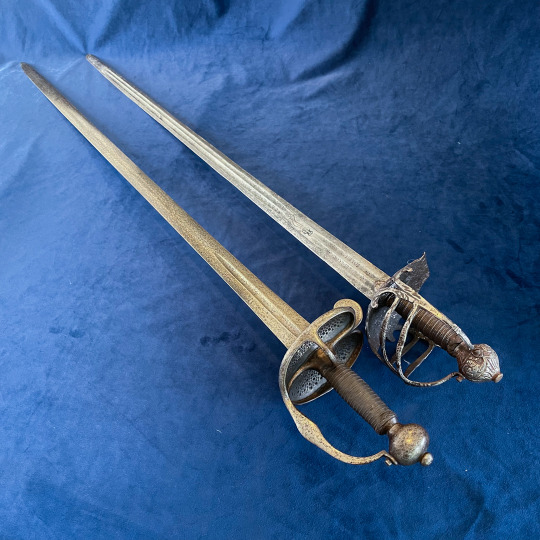


Study of two 17th Century swords; an English ‘mortuary sword’ and a Dutch ‘Walloon’ sword.

The mortuary sword was unique to British Isles and saw extensive use in the English Civil war.
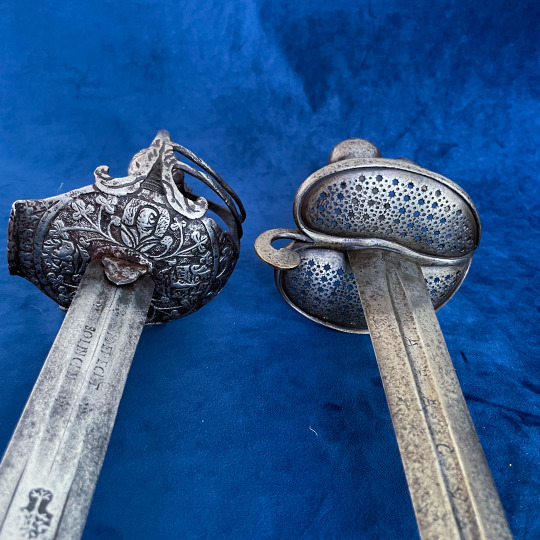

The walloon sword is believed to have originated in Germany and become popular during the 30 Years War that devastated the German States. It is characterised by an asymmetrical disk guard, thumb ring, a knuckle bow and side branches making a rudimentary basket hilt. The shells of the guard are often solid or pierced.


This sword is a later variant of the type and has dispensed with the side branches. The shell guards are separate pieces pressed into the outer rings. The ricasso is stamped with the Amsterdam coat of arms misleading early collectors into believing that they were for the Amsterdam town guard. However considering the number of this exact type survive, too many were made to just supply a city militia.
Current thinking is that the stamp represents a quality control put on the imported blades (Solingen being the most likely source) before local cutlers mounted them with hilts.
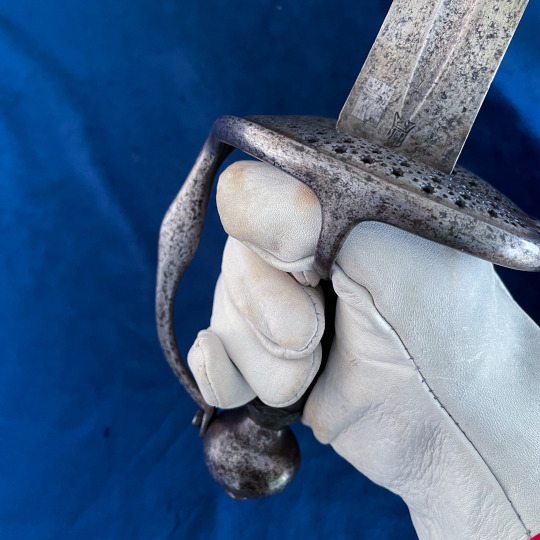
The term ‘walloon sword’ is believed to have come from the French who adopted a sword of this style in the late 17th Century or early 18th Cent. and called it the ‘epee de walloon.’

‘Mortuary sword’ is believed to have been coined in the late 19th Century with the exact reasoning behind the name unknown.
261 notes
·
View notes
Text

Jacobus Vrel - An Old Woman Reading, with a Boy behind the Window (17th cent.)
110 notes
·
View notes